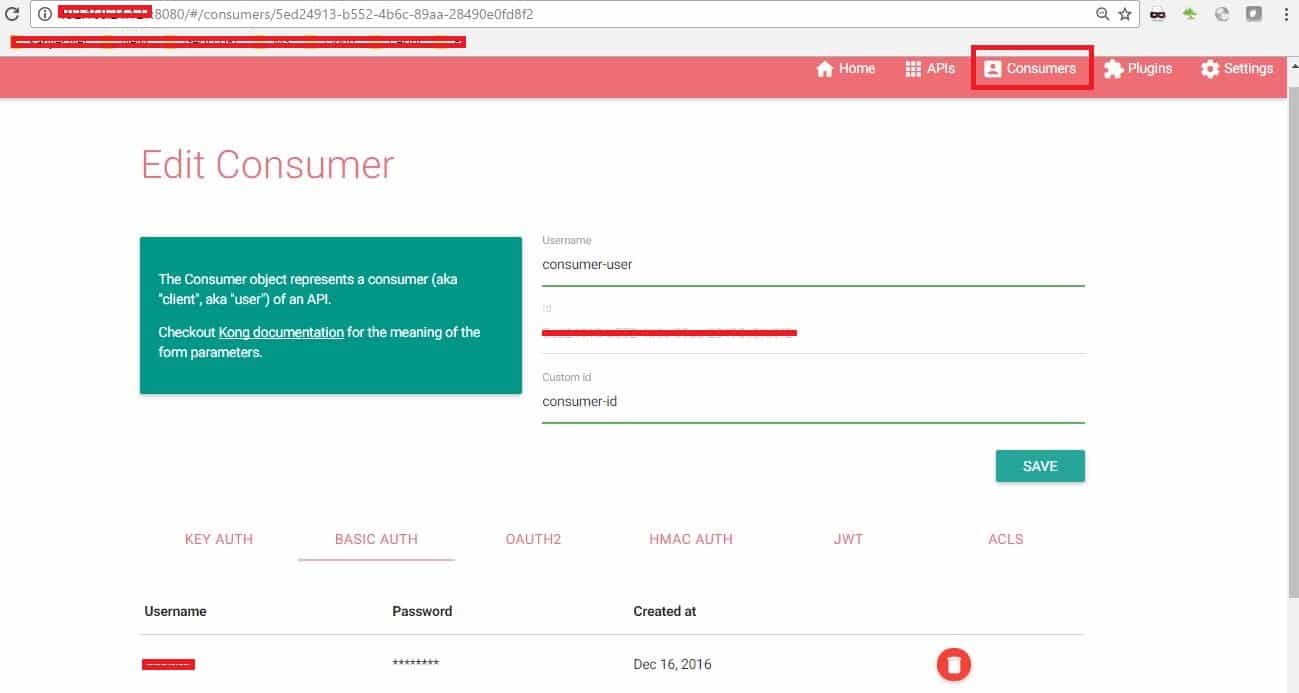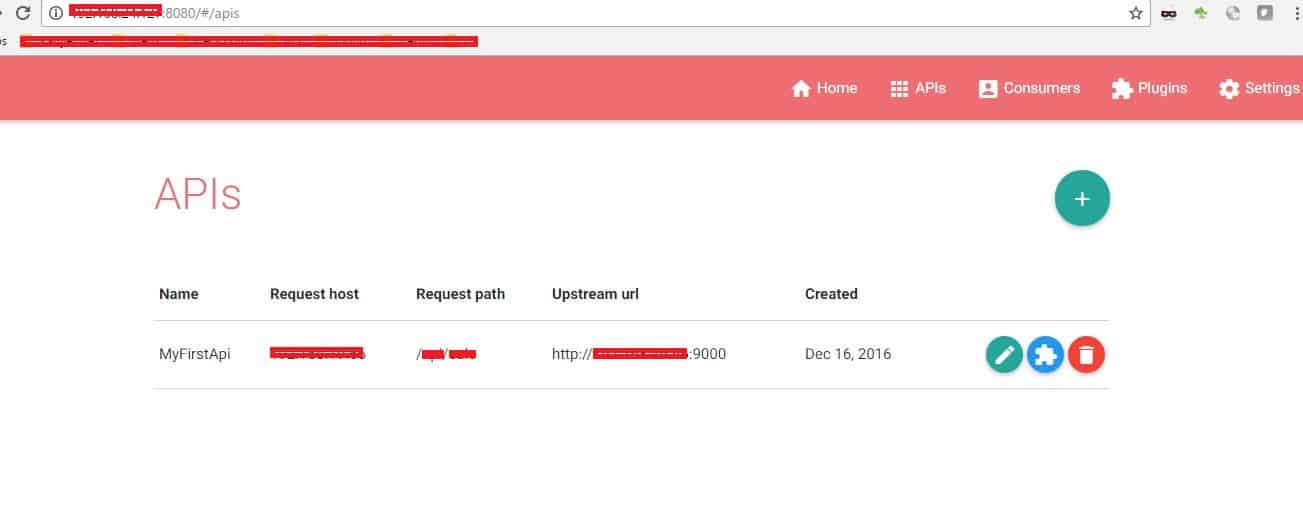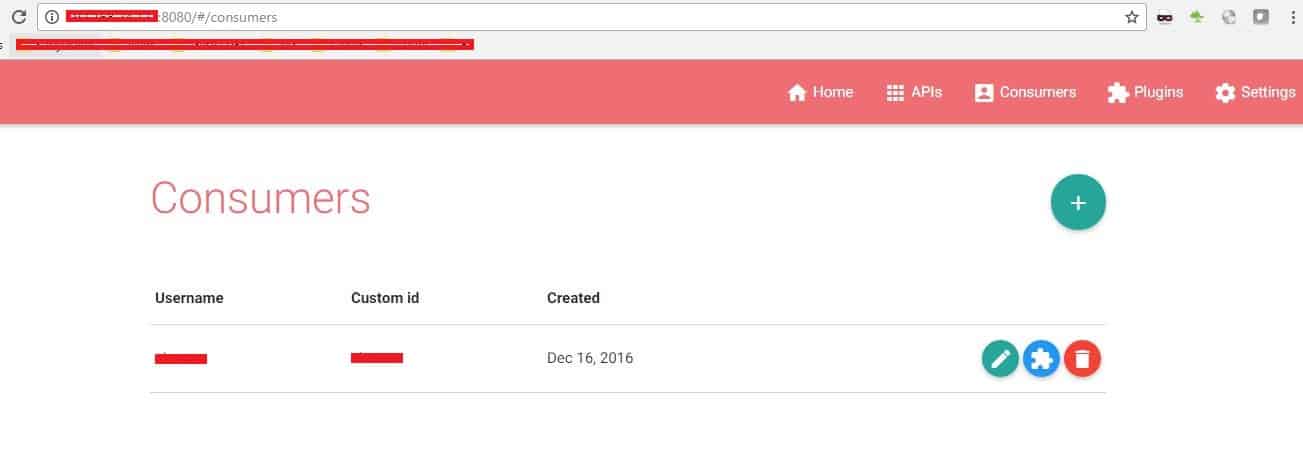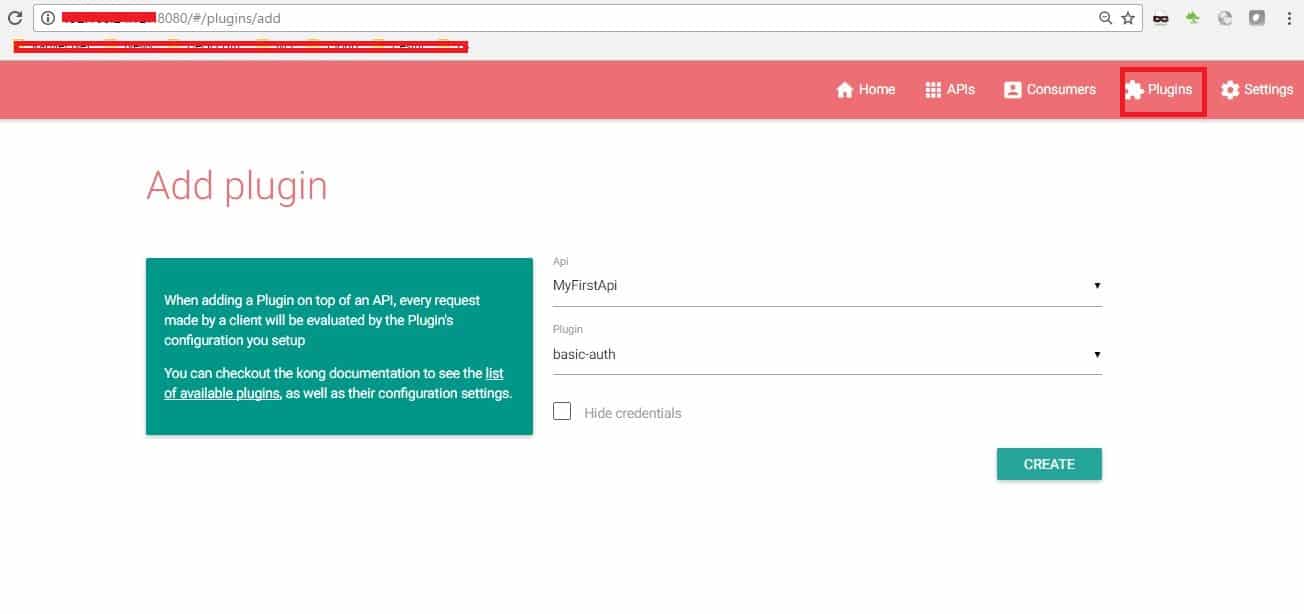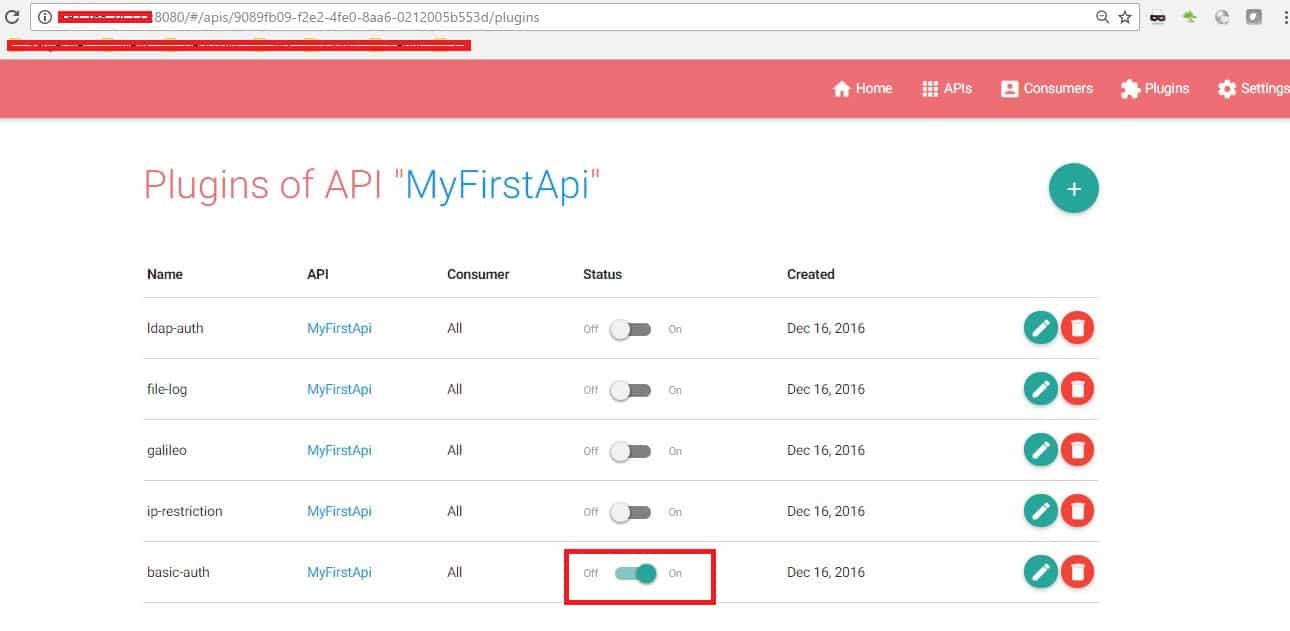Hi all, managing web APIs has always been a problem. There are quite a few advanced API Management services, such as MS Azure, AWS, CA-like capabilities, but you have to pay a certain fee to use these tools. You can manage your web APIs for free with these tools: kong, tyk, etc. These tools can be used as an alternative solution.
In this article, I will tell you how to manage web API with kong.
- Operating System: CentOS 7.3
- DB Server: PostgreSQL 9.6
You can download KONg from this address: https://getkong.org/install/centos
Run below commands on CentOS.
[root@localhost ~]# yum install epel-release [root@localhost ~]# yum install kong
Kong supports Cassandra and PostgreSQL 9.4+ as DB.
We need to create DB for Kong:
CREATE USER kong; CREATE DATABASE kong OWNER kong;
After creating the DB, we write the access information into kong.conf.
############### PGSQL config start ################# database = postgres pg_host = xxx.xxx.xxx.xxx pg_port = 5432 pg_user = yyyy pg_password = zzzzz pg_database = kong ############### PGSQL config end #################
We can now run the application.
[root@localhost ~]# kong start # Kong is running
For access: curl http://kong-ip-address:8001
Once the kong setup is finished, you can use the kong-dashboard to manage your web APIs over the web.
For kong-dashboard setup: https://github.com/PGBI/kong-dashboard
Requirements: nodejs & npm
[root@localhost ~]# npm install -g kong-dashboard [root@localhost ~]# kong-dashboard start
Go to http://kong-ip-address:8080/#/config config in your web browser.
Now that you are ready to manage your API with Kong, we add APIs from the APIs tab.
You can now call your API via Kong. http://kong-ipaddress:port/api/path
You can add a basic authentication without modifying the code for your API, which you started to manage over Kong.
From the Consumer tab, we add a record for testing and enable the basic authentication plugin in the plugin tab.
The API you are calling from http://kong-ipaddress:port/api/path will now need to be accessed with user/password. You can access it with the user/password you have added to Consumer.
Thanks.
-Ahmet Fikri Ay

Ahmet Ay is currently Head of System and Data Management at Kariyer.net. Before, he worked at D-Smart, Doğan Online, and Escortnet as a system administrator. You can also follow him on his blog.https://ahmetfay.wordpress.com/



